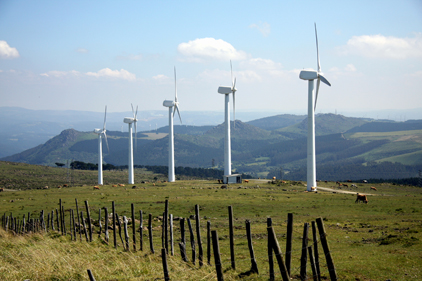The global nanocomposites market is expected to reach 1.5 billion lbs by 2017, according to a new report by Global Industry Analysts Inc. Growth will be primarily driven by rising levels of government participation in R&D funding, especially in developing countries; increased role of private venture capitalists; technology advancements in production processes; falling prices; and waxing demand for high strength structural materials across a range of end-use markets.
Growing demand for nanocomposites is reportedly fuelling the demand for nanotubes as filler nano-materials. Carbon nanotube-based electronics and semiconductor applications are expected to witness tremendous demand in the years to come. With their exceptional physical, thermal and electrical conductivity properties, carbon nanotubes will offer new business opportunities for these end-use sectors.
In the electronics sector, short-term growth is principally anticipated from memory, sensor and display segments. Carbon nanotubes are also being used in the production of superior quality flat-panel displays. Memories consisting of nanotubes, in combination with SRAM and Flash, are capable of providing enhanced services, particularly for mobile phones, laptops, and PDA markets. Carbon nanotubes are also widely used in coatings, epoxy and thermoplastic systems. They are also used in sporting goods, which require high tensile strength. Given the growing number of applications for carbon nanotubes and the projected rise in demand over the next few years, carbon nanotube manufacturers across the globe are forecast to increase their production capacities in the upcoming years.
According to the report, the U.S. represents the largest market worldwide. The country is forecast to grow at a sturdy CAGR of 10% over the analysis period. While the U.S. and Europe will continue to remain major geographic markets for the foreseeable future, strong growth is forecast to stem from the rapidly developing Asia-Pacific market. Nanotechnology in the region is expected to grow substantially over the years, due to steady investments in this space. Governments in Asia-Pacific have embraced nanotechnology with vigor, and dedicated public sector funds mobilized in this space are relatively higher in comparison to other regions.
For more information, visit www.strategyr.com.

